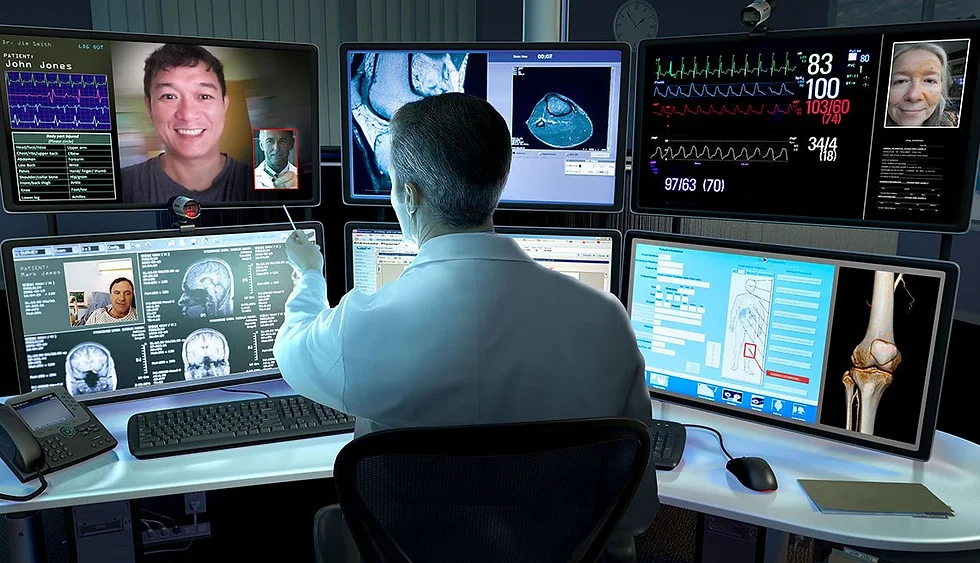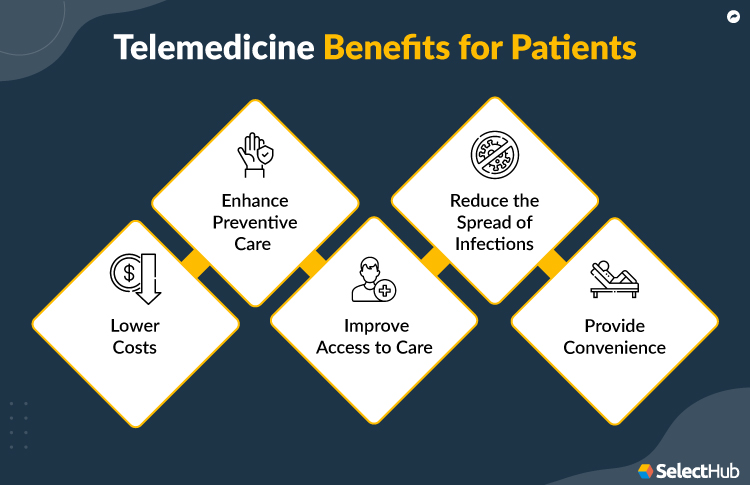Telemedicine is revolutionizing healthcare access globally, and in Guyana, it is becoming a critical tool for addressing the healthcare challenges faced by rural communities. In a country where large portions of the population reside in remote regions with limited access to medical facilities, telemedicine provides a lifeline, allowing patients to consult healthcare professionals without the need for long and costly travel. By leveraging communication technologies like video conferencing, mobile apps, and remote diagnostic tools, telemedicine is helping to bridge the gap between urban medical centers and rural populations.
In Guyana, the scarcity of specialized healthcare professionals in rural areas has long been a concern. Many rural clinics are under-resourced and staffed primarily by general practitioners or community health workers, limiting the quality and range of care available to residents. Telemedicine offers a solution by connecting patients in these underserved areas to specialists in Georgetown or even abroad, improving the timeliness of diagnoses and treatment plans.

The implementation of telemedicine in Guyana has the potential to save lives, particularly in emergency situations where immediate consultations with specialists can lead to better outcomes. It also helps in managing chronic conditions, as patients can have regular follow-up appointments without needing to visit distant healthcare centers. This is especially important for patients with limited mobility or those who live in communities affected by poor transportation infrastructure.
Compared to other developing countries, Guyana’s adoption of telemedicine is still in its early stages but is showing promising potential. For instance, countries like India and Kenya have seen rapid growth in telemedicine, driven by government initiatives and private sector investments. India’s telemedicine sector, for example, has expanded rapidly due to mobile health applications and government-supported programs that link rural clinics to urban hospitals. Kenya has successfully integrated telemedicine into its healthcare system through public-private partnerships, offering remote consultations and diagnostic services to rural populations.

In contrast, Guyana’s telemedicine efforts have been more grassroots, often spearheaded by NGOs and pilot programs in specific regions. However, with increasing internet penetration and mobile phone usage across the country, the infrastructure needed to support telemedicine is improving. Continued investments in telecommunications infrastructure and government support could elevate telemedicine adoption in Guyana to levels seen in other developing nations, allowing more citizens to benefit from modern healthcare solutions. As technology continues to evolve, telemedicine is set to become a vital component in ensuring healthcare equity across Guyana.